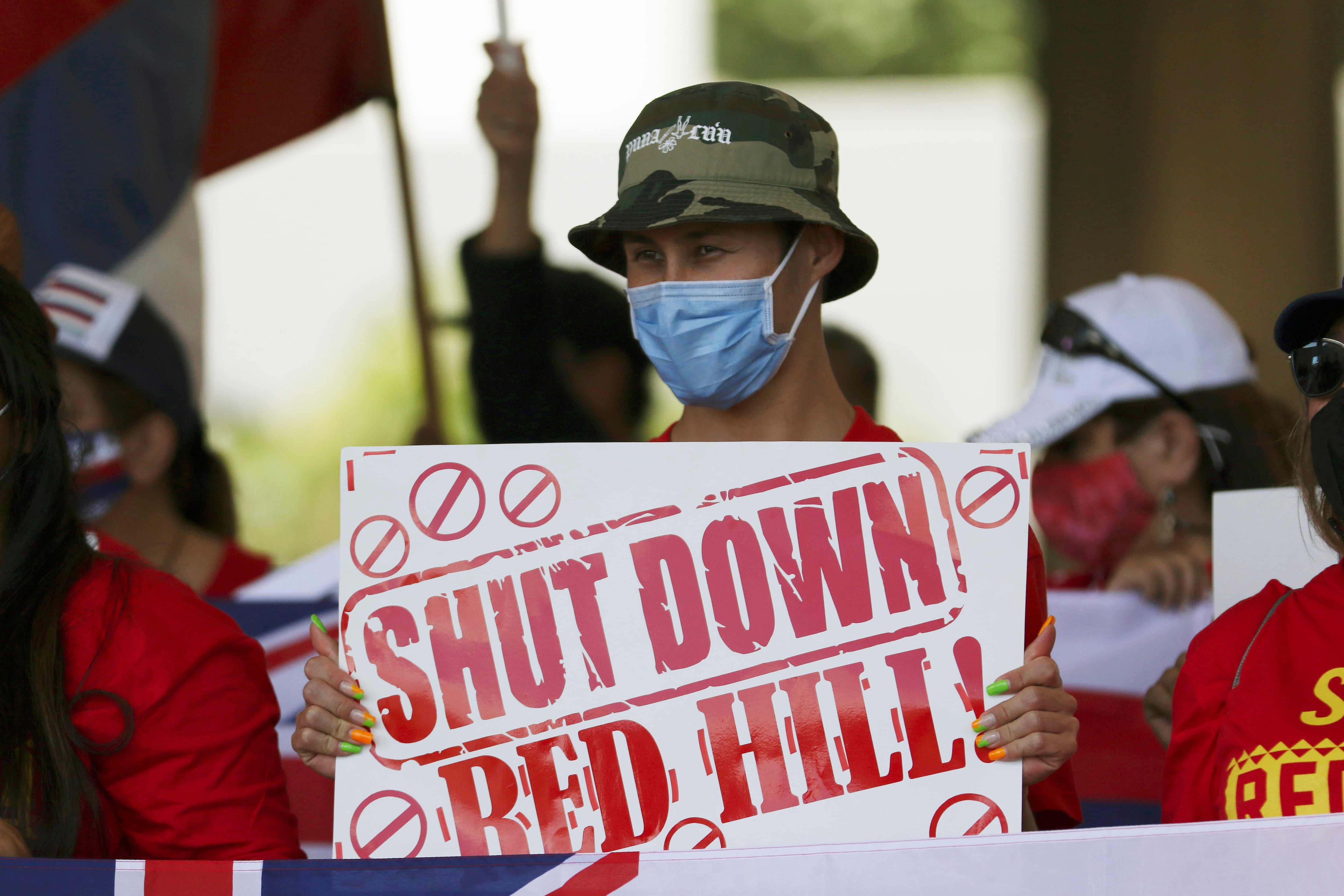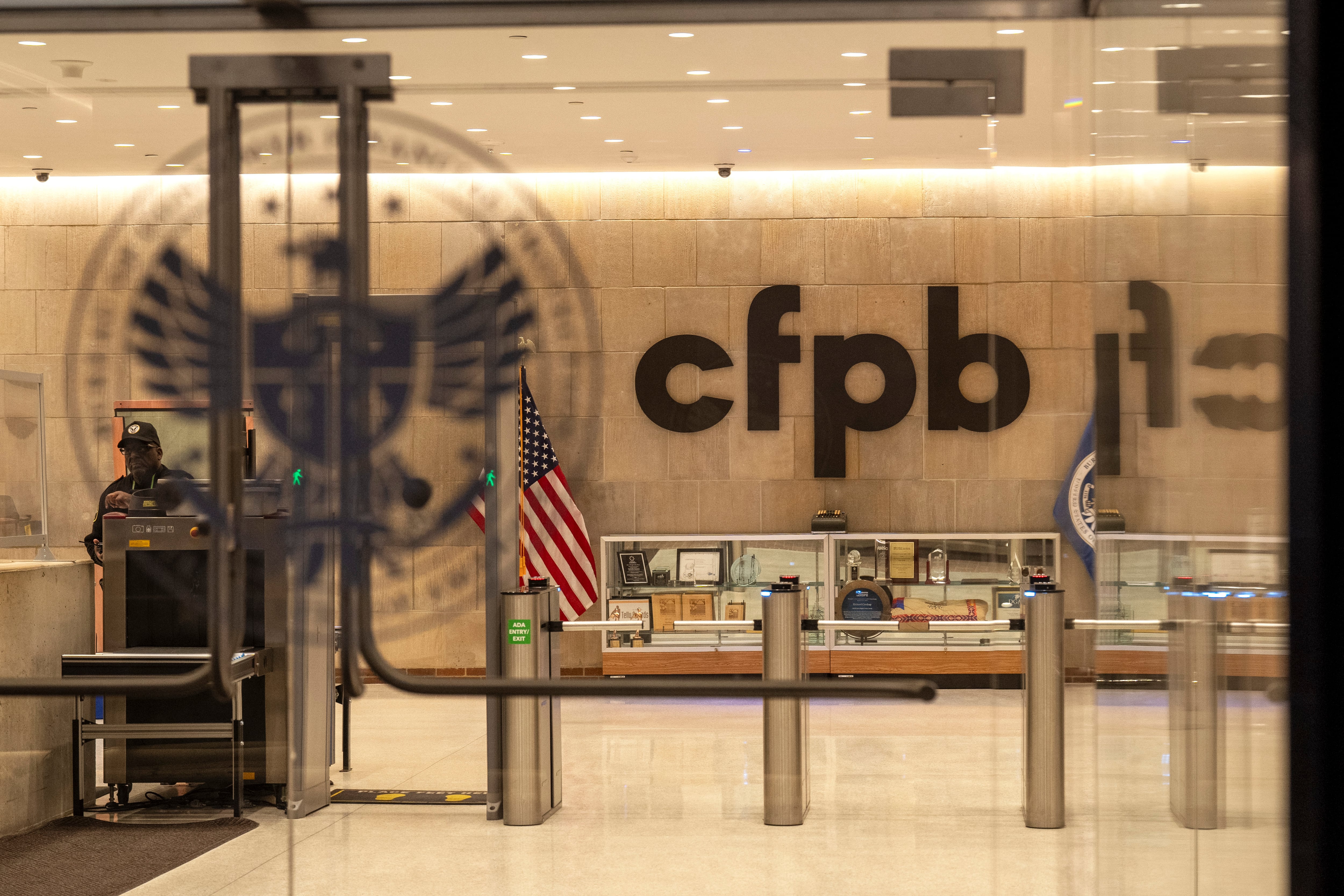The Navy announced a new policy this month meant to increase drinking water oversight and coordination across all 70 of the service’s installations, according to a statement from Navy Installations Command.
Implemented on Feb. 2, the new policy moves away from decentralized oversight of water systems. Before the policy was enacted, each Navy command managed their own corresponding water systems, according to the statement. Now, Navy Installations Command will oversee water systems to “ensure consistent management, policy, and oversight” across the service.
“We must consistently validate that those who rely on the Navy water systems, whether they are on our bases or live in nearby communities, have access to safe drinking water,” Vice Adm. Scott Gray said. “This policy identifies the responsibilities and roles of Navy commands and positions of authority while holding them accountable to deliver quality drinking water that meet standards.”
A main feature of the realignment includes establishing drinking water committees at installation, region and headquarter levels to ensure water quality management and properly address concerns. The committees will comprise public works, environmental, medical, and communications personnel, and will be chaired by region commanders and installation commanding officers, according to the NIC statement.
The new policy follows recent controversy over the safety of drinking water at Joint Base Pearl Harbor-Hickam. In November 2021, residents in and near Pearl Harbor reported that their drinking water smelled like fuel, but Navy officials maintained the water was safe to consume.
Samples tested at a laboratory the following month, however, found petroleum products in the water that had leaked from Red Hill Bulk Fuel Storage Facility.
Nearly 6,000 people, mostly military personnel and their families, sought medical attention for rashes, sores, nausea and other ailments after drinking and bathing with the contaminated water. Nearly 1,500 people had filed administrative claims against the Navy as of late June. There is also a pending federal lawsuit with nearly 300 plaintiffs.
“We are aiming for a new normal: One where this never happens again,” Navy Secretary Carlos Del Toro said in a news release in December 2021.
In October 2023, the U.S. military announced it would begin draining more than 1 million gallons of fuel from three pipelines as part of an initial step toward closing the World War II-era fuel facility.
Zamone “Z” Perez is a reporter at Military Times. He previously worked at Foreign Policy and Ufahamu Africa. He is a graduate of Northwestern University, where he researched international ethics and atrocity prevention in his thesis. He can be found on Twitter @zamoneperez.





